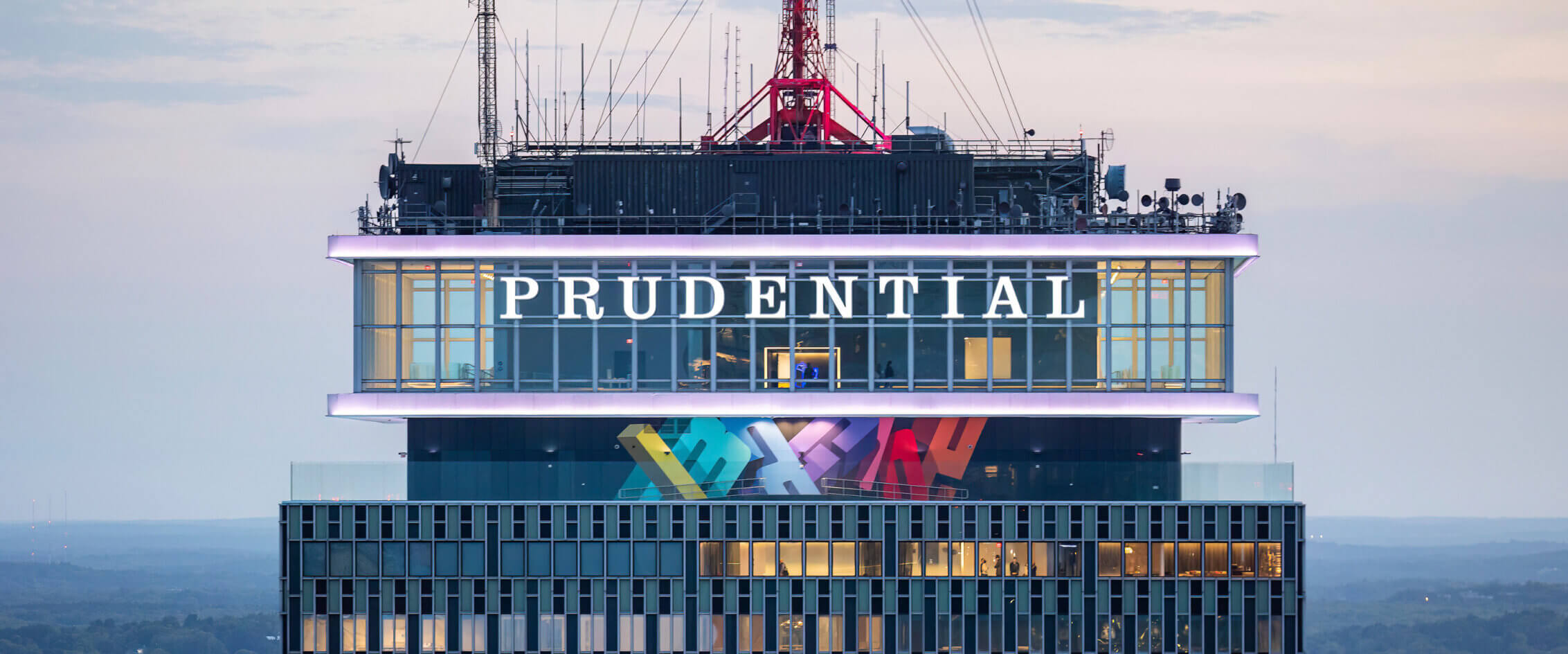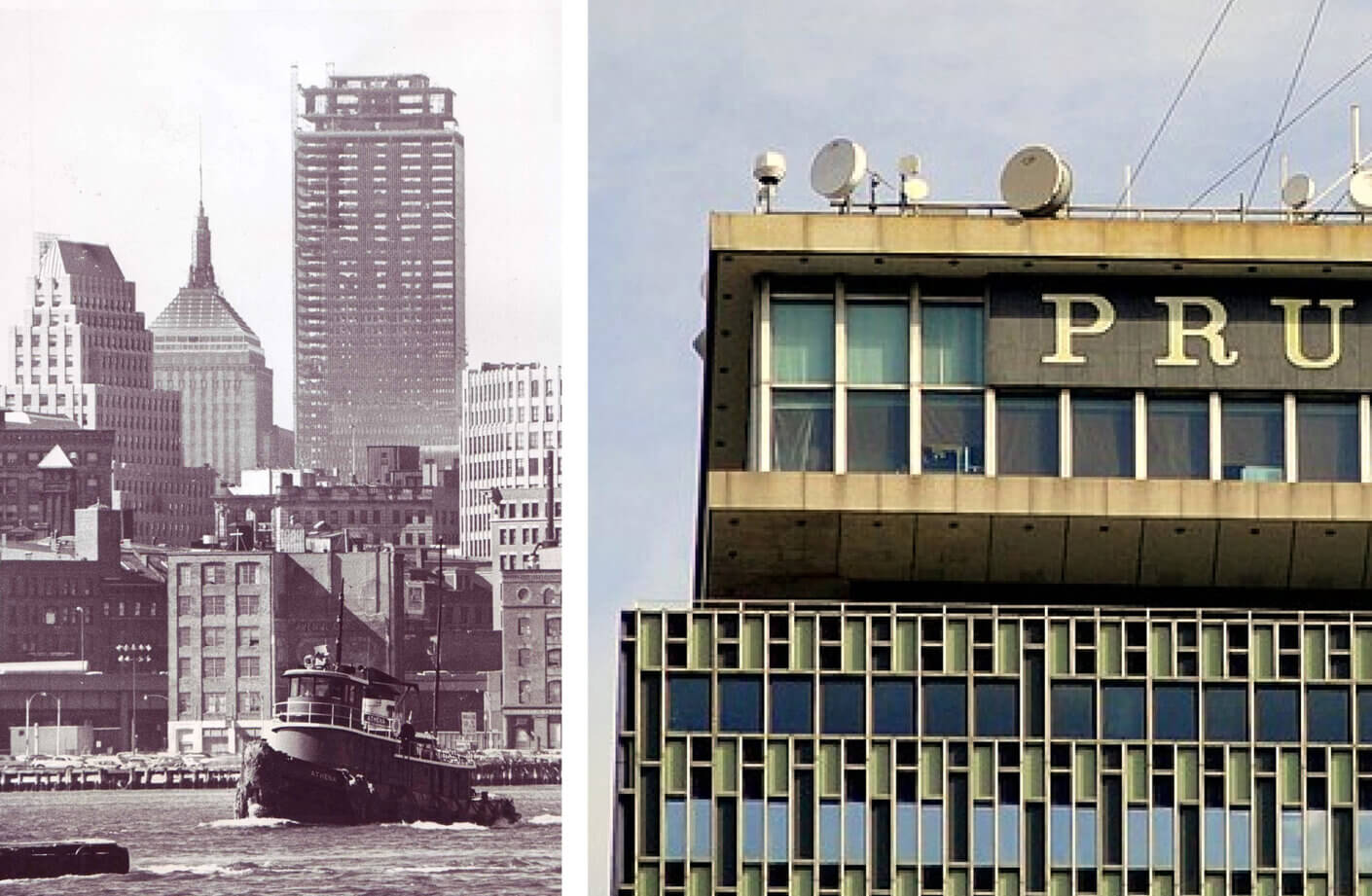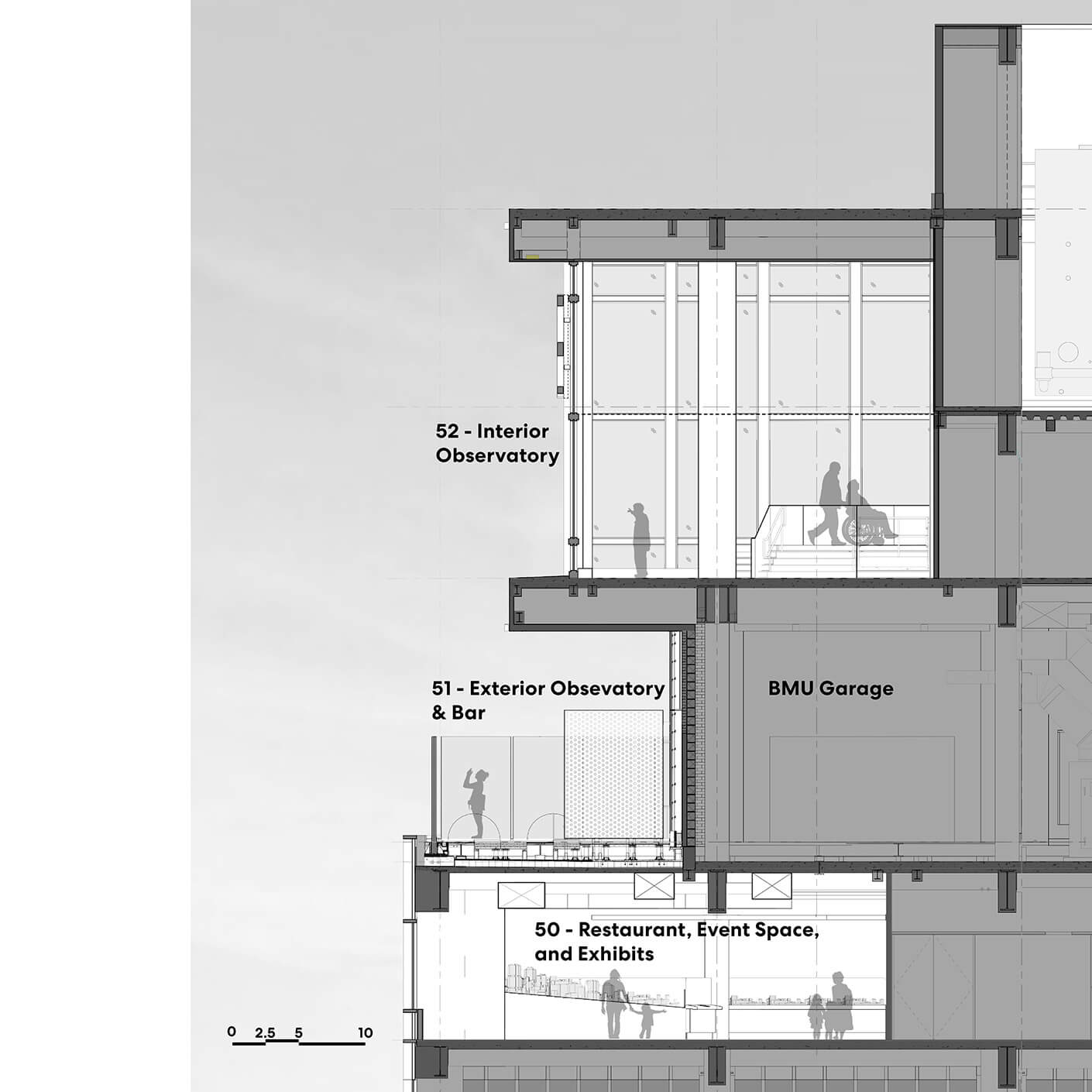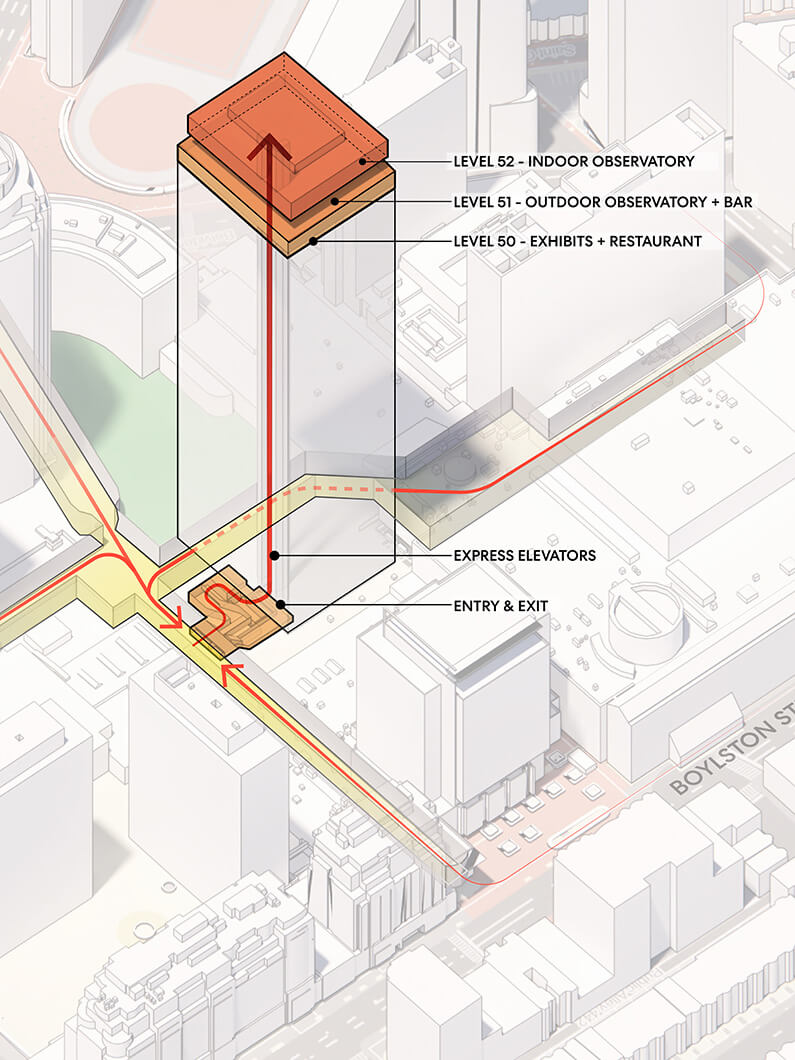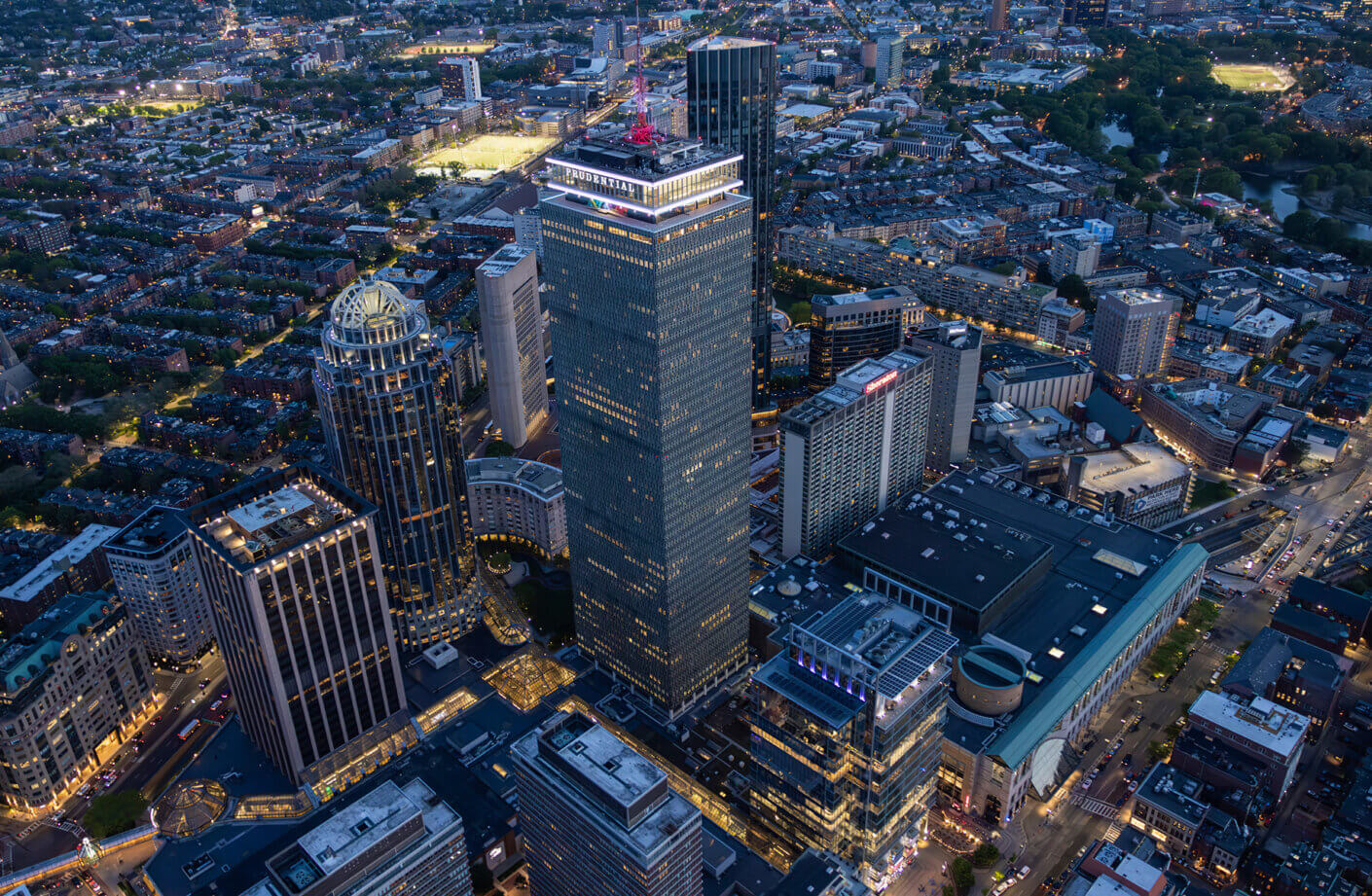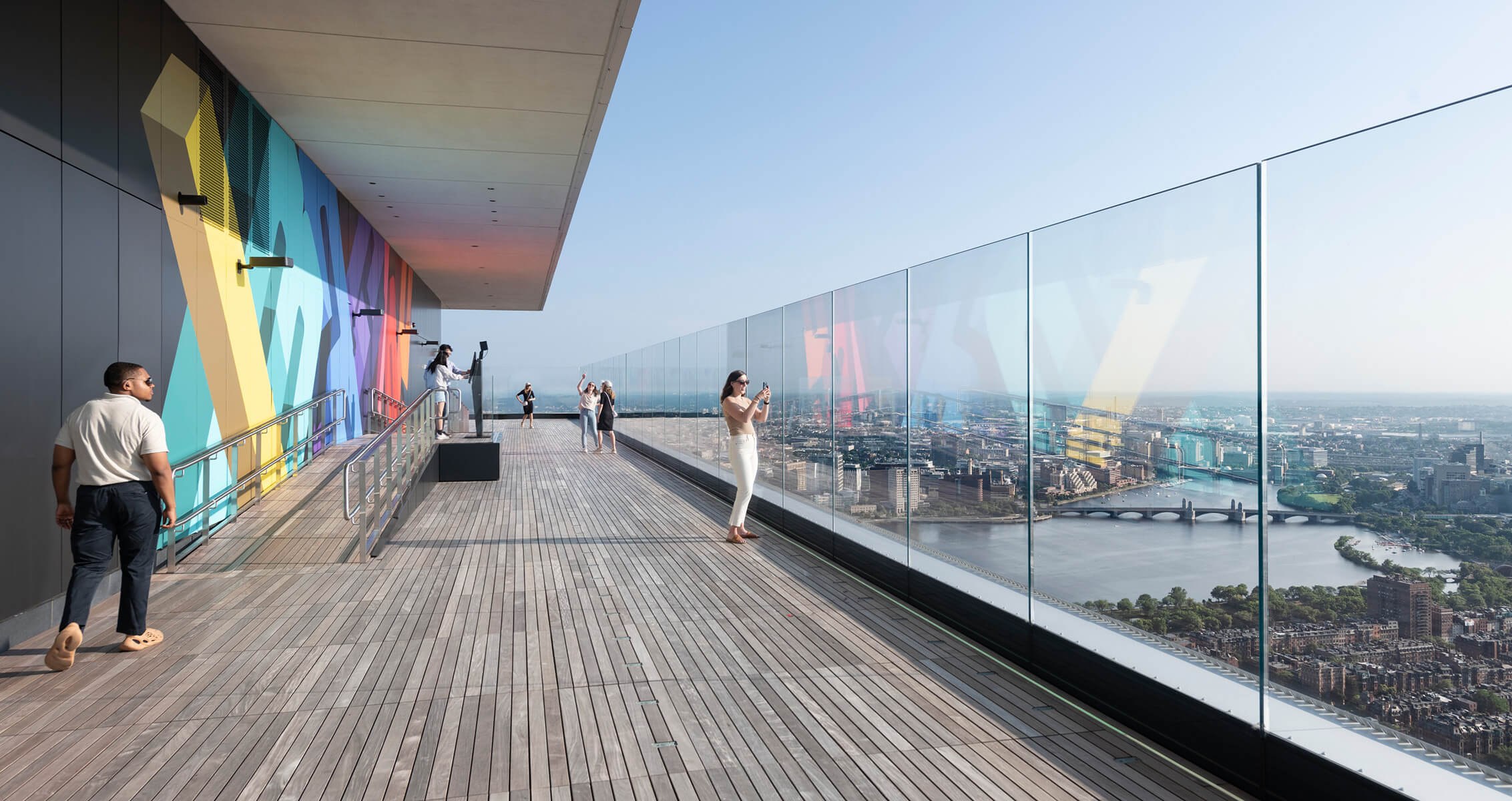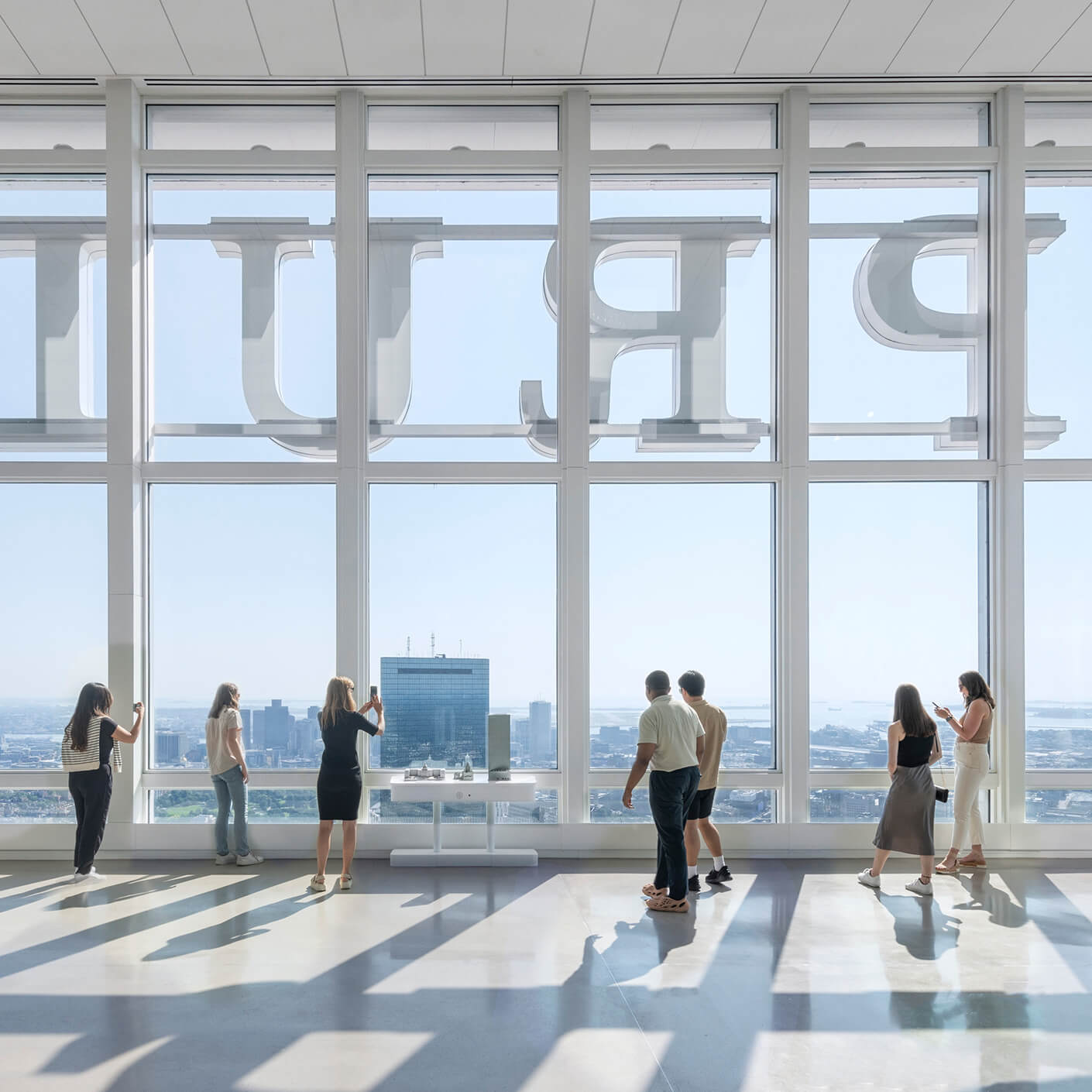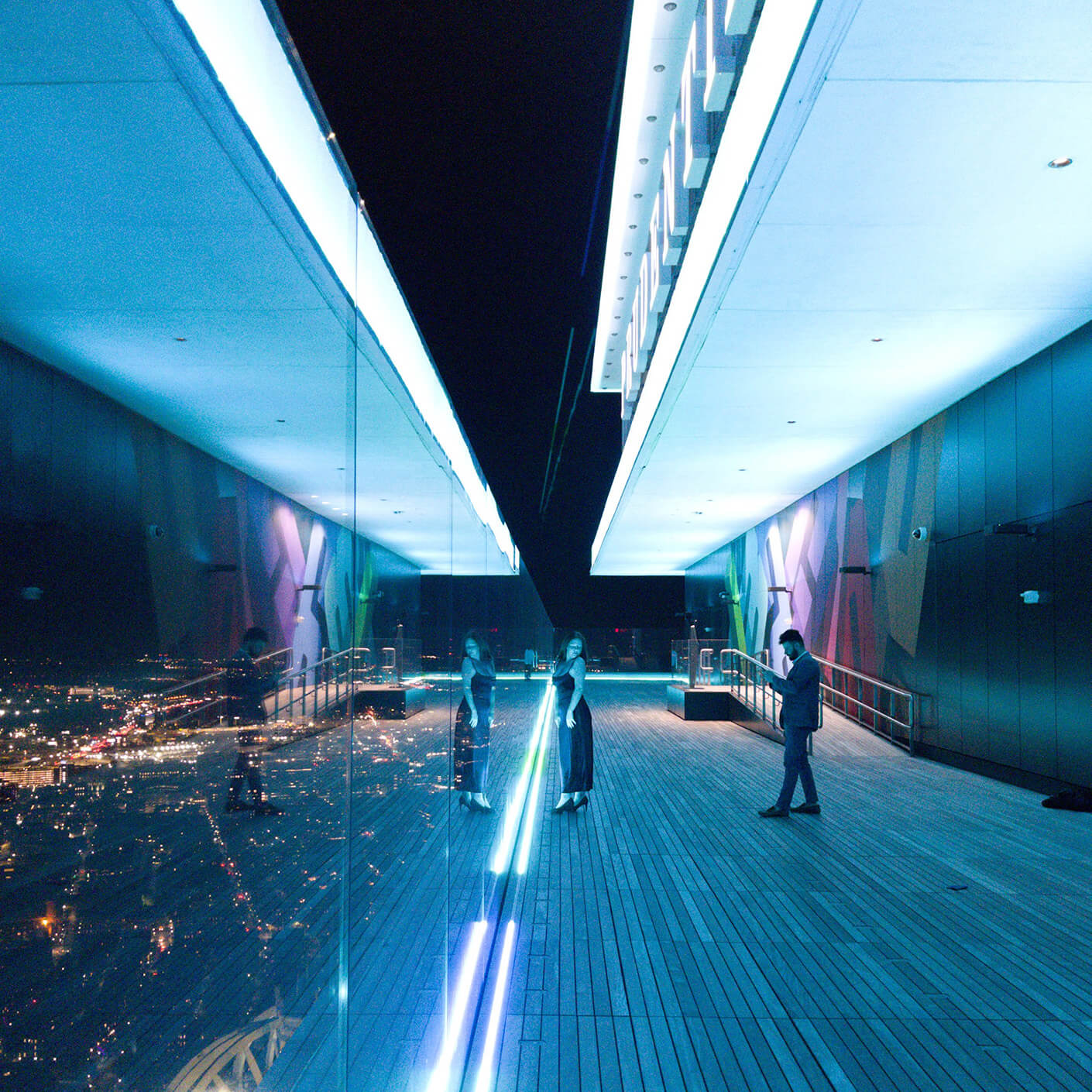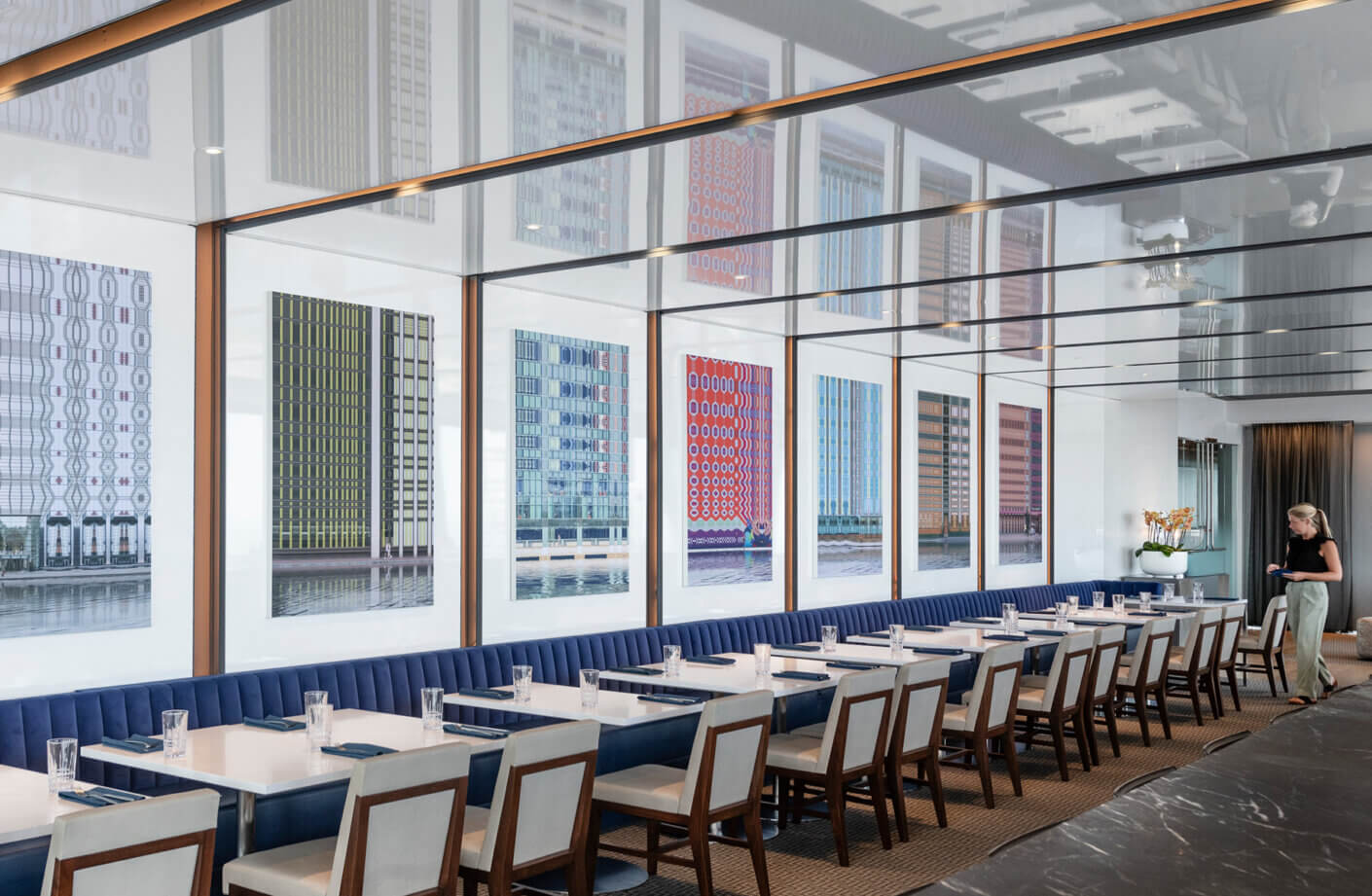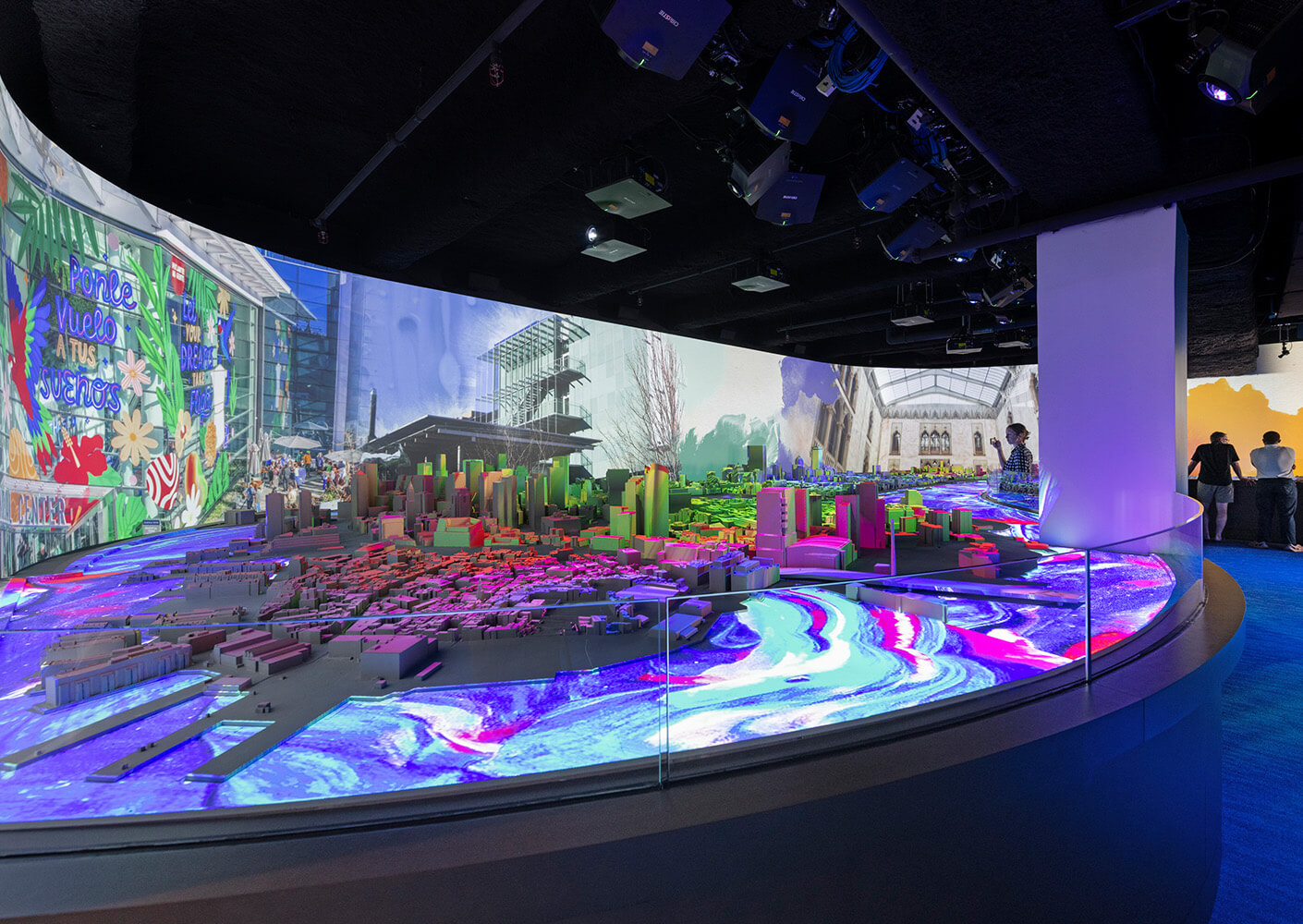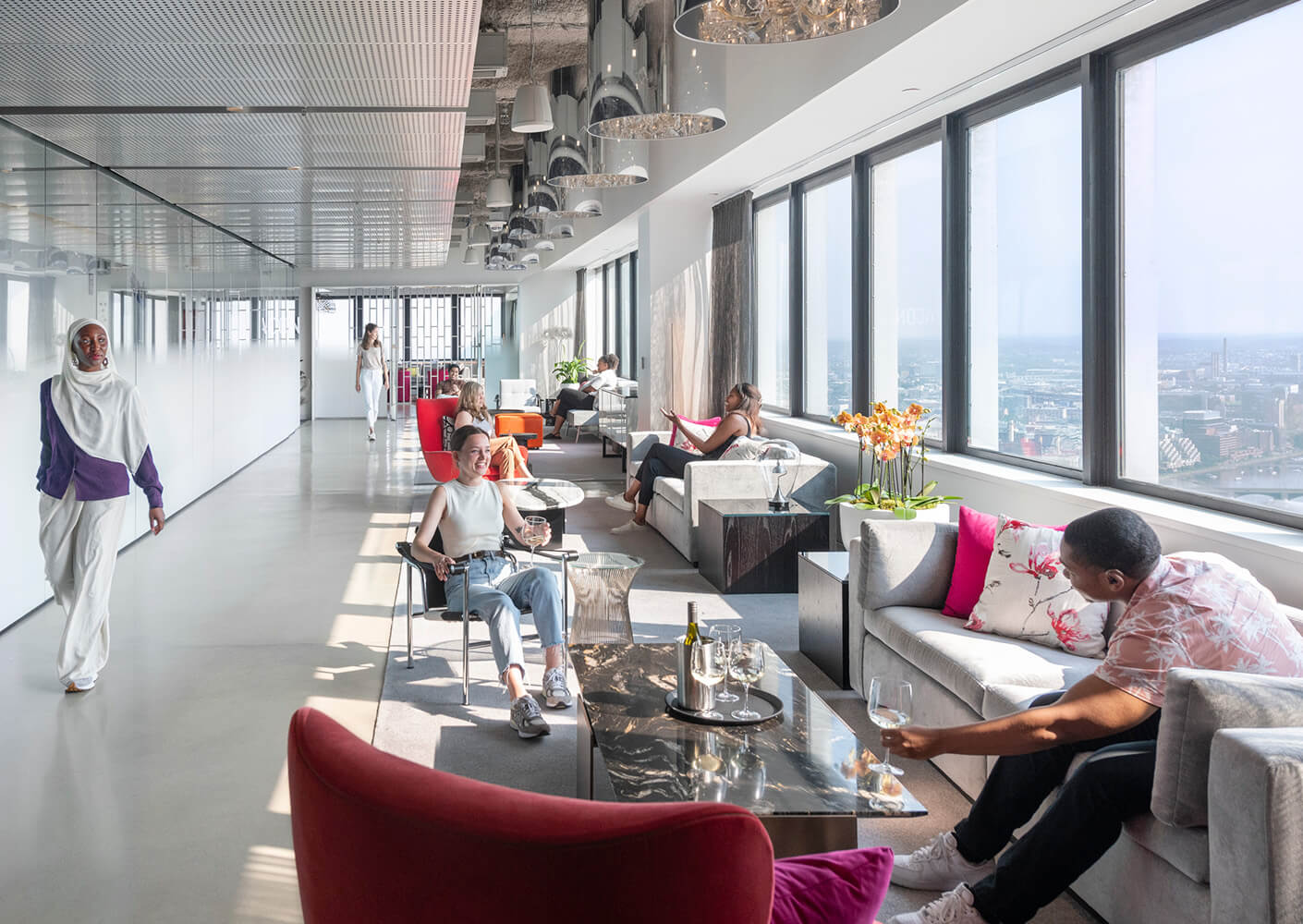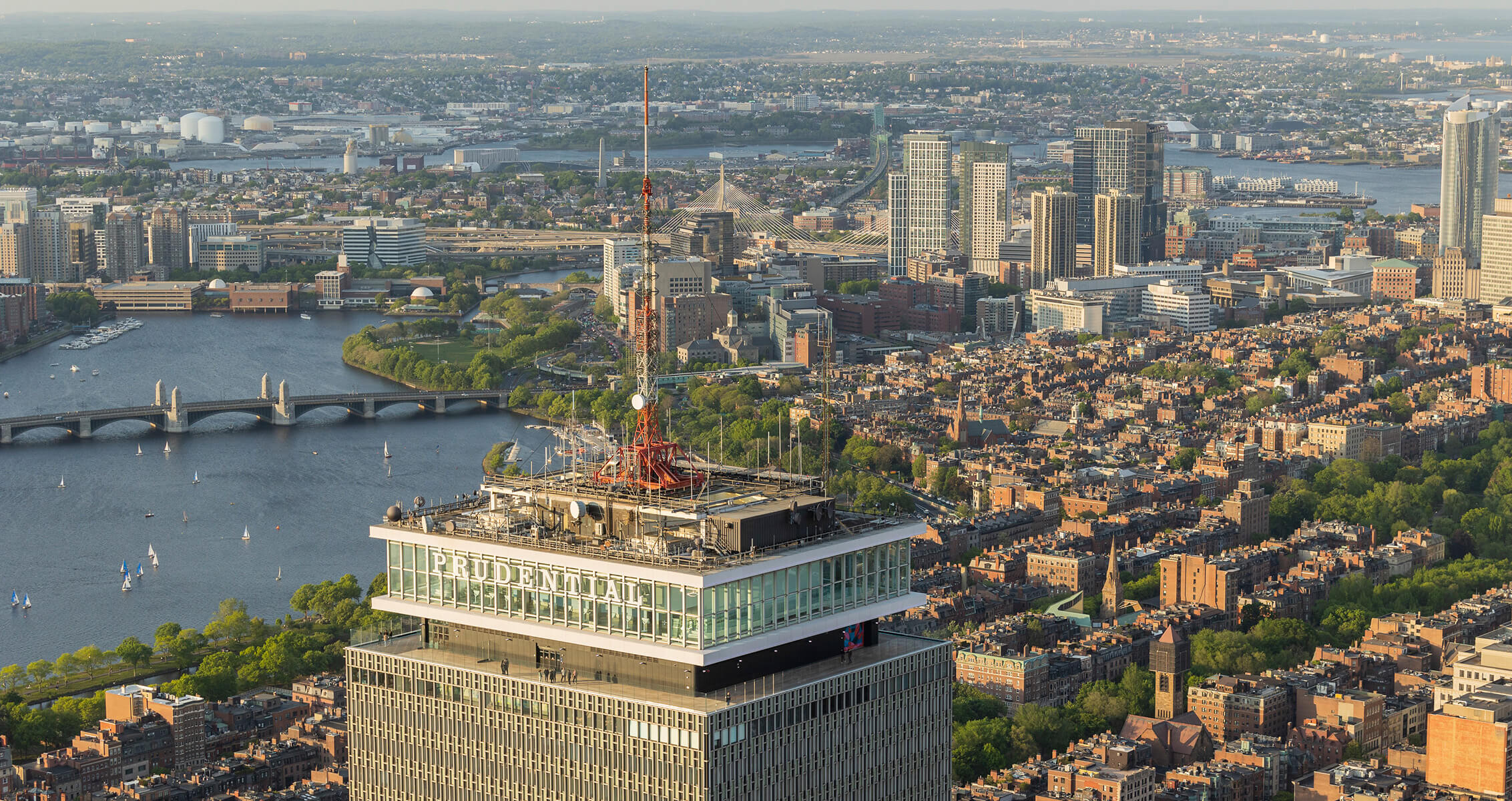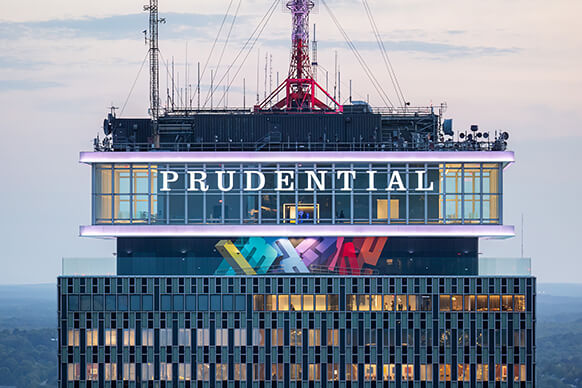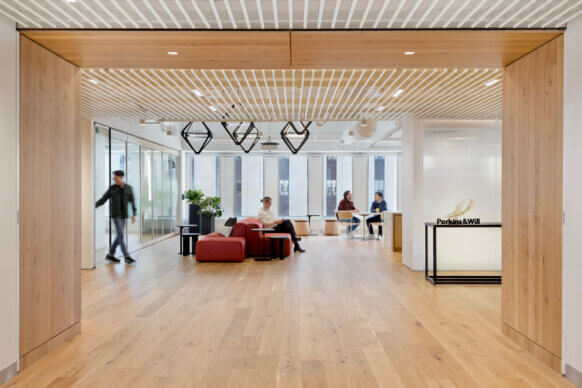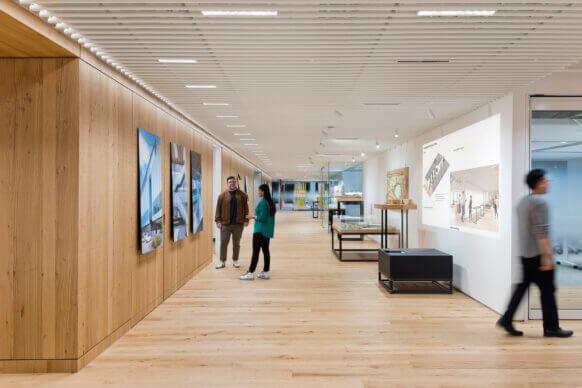Following a post-war economic boom and colossal demand for new commercial office space, the United States reached its “peak skyscraper era” in the 1960s and 1970s. The tall single-program buildings of this period aspired to become the “Eiffel Tower”’ of their cities, defining their skylines for generations to come. Public observation decks became a signature feature of these mid-century buildings, offering locals and visitors a chance to experience and enjoy their cities from new perspectives.
After decades of underutilization or decommission, a nationwide “Observation Deck Arms Race” is now underway. Owners are reimagining these spaces to bring new energy, tenants, and visitors to their existing high-rise assets. Each accessible slice of sky tries to outdo its neighbor with striking spectacles, from tilting mechanized facade panels to outward projecting glass boxes. However, one theme is consistent across all these feats: owners, designers, and architects are asking, “what else can these buildings offer to our cities?” Through visionary collaboration and trust, our project, View Boston, provides its own unique response.
